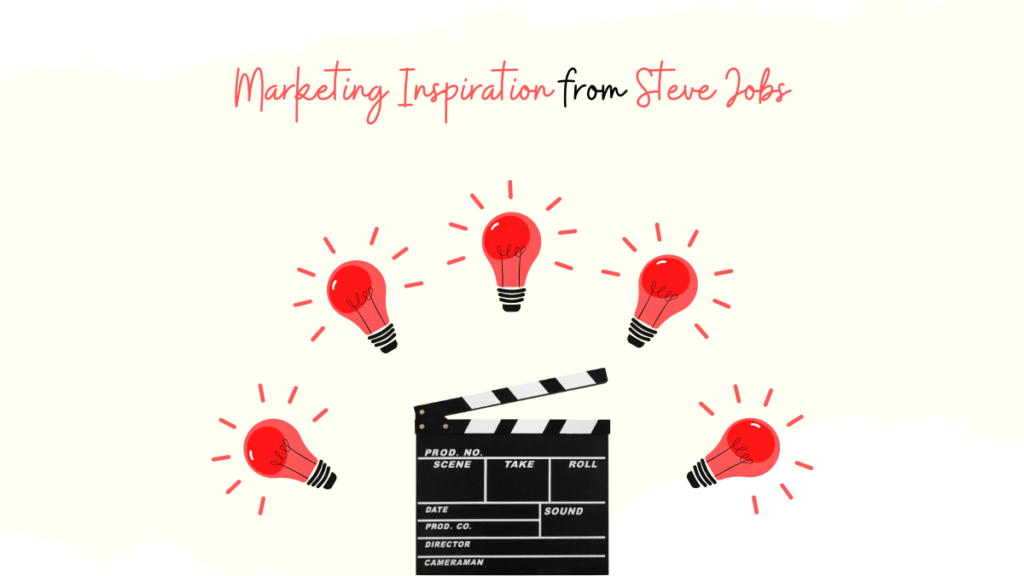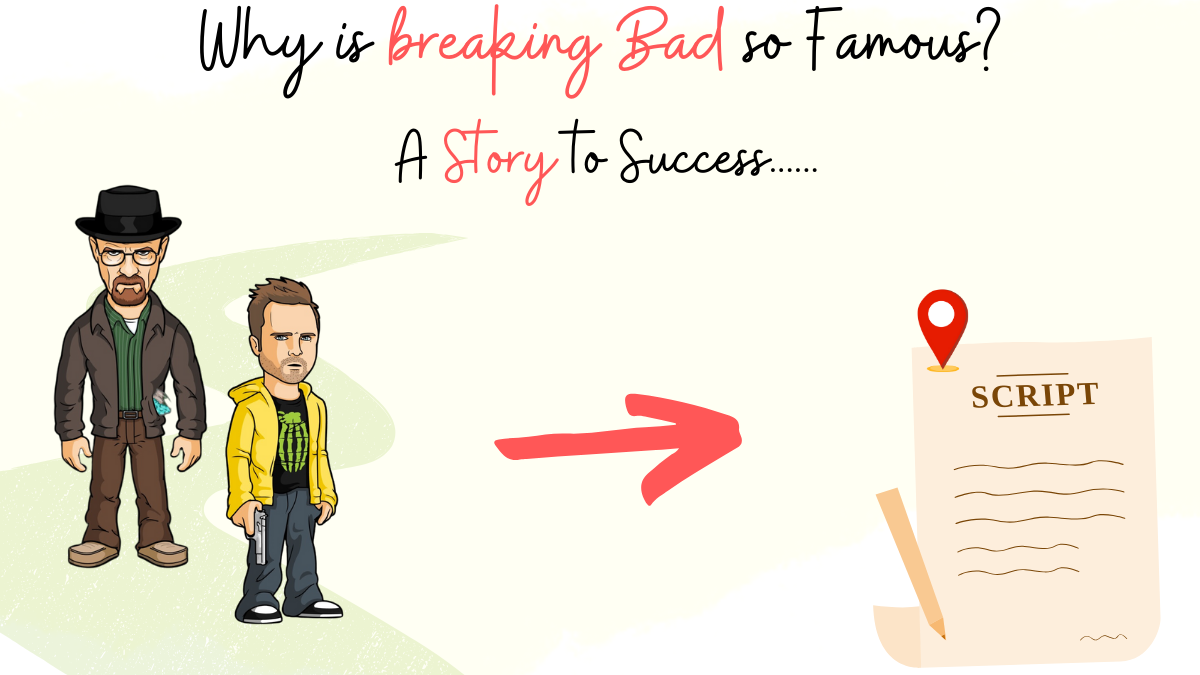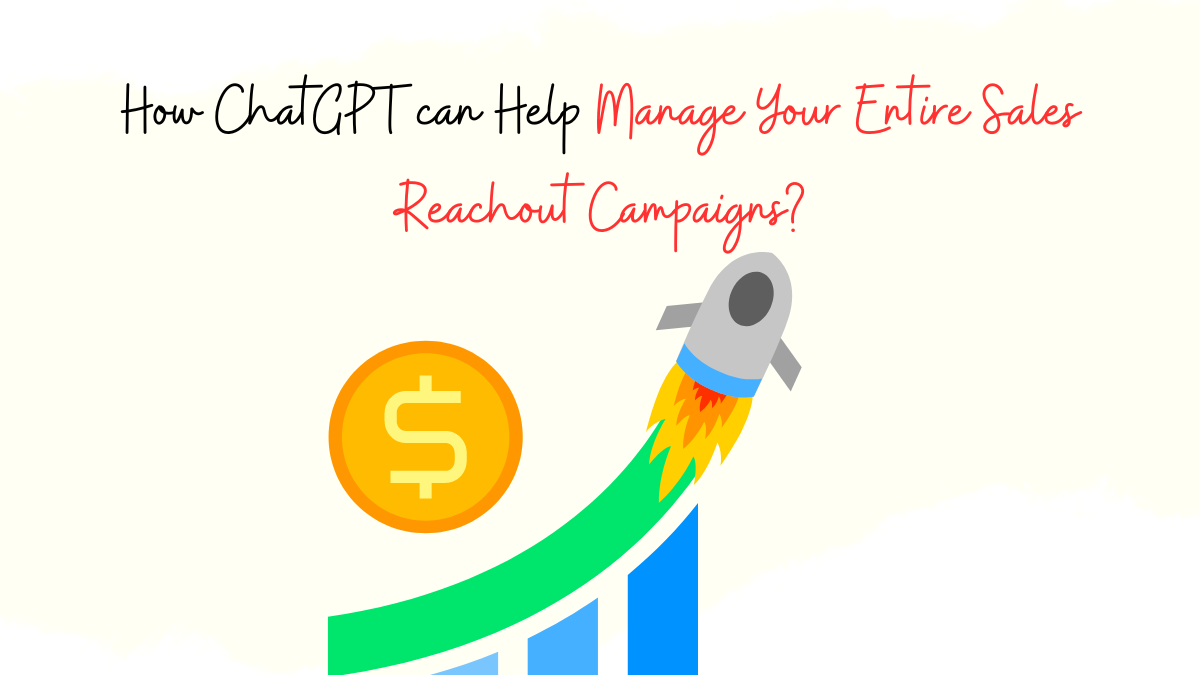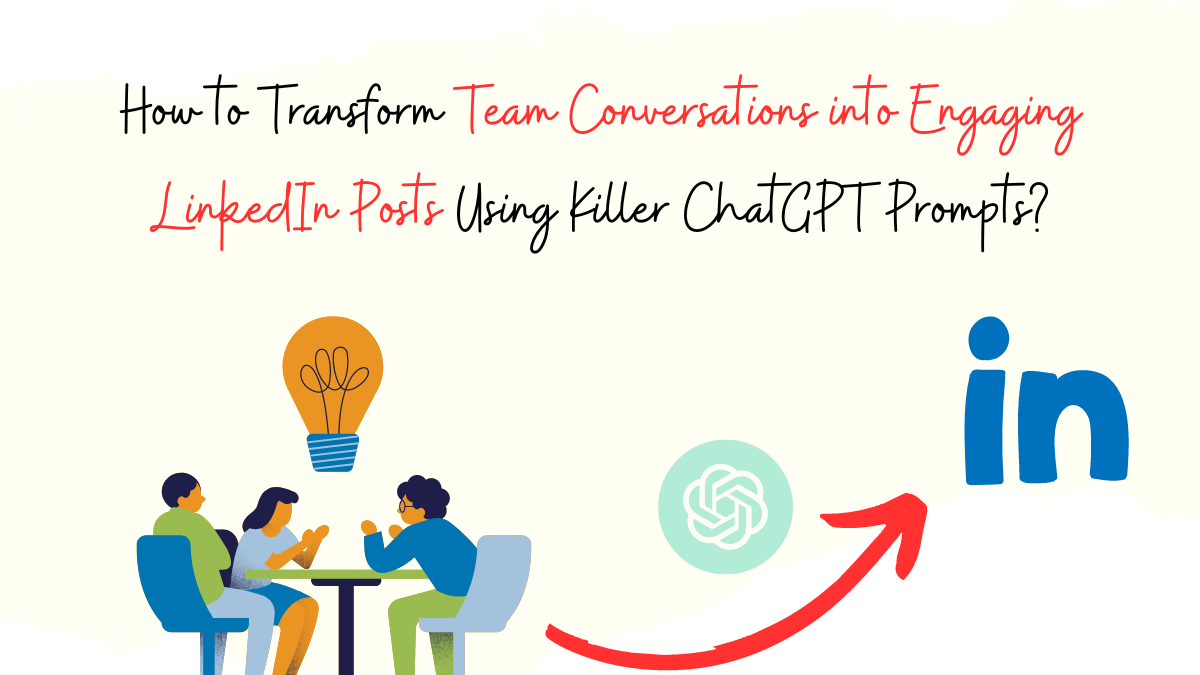Here’s to the crazy ones, the misfits, the rebels, the troublemakers, the round pegs in the square holes… the ones who see things differently — they’re not fond of rules… You can quote them, disagree with them, glorify or vilify them, but the only thing you can’t do is ignore them because they change things… they push the human race forward, and while some may see them as the crazy ones, we see genius, because the ones who are crazy enough to think that they can change the world, are the ones who do.
Steve Jobs in Apple’s “Think Different” Campaign (1997)
Well, excited to share that I have also got some crazy things to do. I am in my first month of a new job. I recently joined Concurate as a digital marketing associate. And you know what’s super cool about it? My first learning assignment. My manager has given me a list and asked me to watch 13 movies around marketing. I am loving this fun assignment. My first pick from the list is ‘Steve Jobs’. So this Saturday afternoon I grabbed a pack of popcorn and sat down to watch it. I was thrilled to see what a marketing maestro Steve Jobs was.
By the way, a popular question asked on Google is this: “What did Steve Jobs really do for Apple?”. Well, a quote from the movie ‘Steve Jobs’ answers this quite creatively:
The musicians play their instruments. I play the orchestra.
The film also recreates landmark Apple launches executed under Steve Jobs’ leadership. An absolute treat to watch. If observed, one can learn a lot from the movie on marketing – the Steve Jobs way.
The 5 Key Takeaways
This piece attempts to break down 5 critical marketing concepts as learnt from the maestro through the movie. So, let’s jump in!
#1 – Persuasion
Do you want to sell sugar water for the rest of your life or come with me and change the world?
Steve Jobs to John Sculley
John Sculley was president of PepsiCo when Steve said this to him.
If you were John, wouldn’t you want to jump out of your chair to go out and change the world?
Steve had offered the position of chief executive officer of Apple. John accepted. Jobs surely had his way with words. Let’s take some cues from how he convinced John.
First, Steve Jobs leveraged his authority and status. He was a co-founder and senior executive of a reputed Apple brand. He was already quite popular for his unconventional approach and ideas. Second, Jobs had created a liking for himself by appealing to the other person’s hidden needs and aspirations. He understood what made them tick.
As a marketer, understanding what makes people tick can go a long way!
Bonus tip: If you want to learn about the psychology of persuasion, the book Influence by Robert B. Cialdini is for you.
#2 – The Customer Doesn’t Know Best
If I had asked people what they wanted, they would have said faster horses.
Henry Ford
In most cases, people avoid change. They prefer the status quo. A marketer’s job is to understand the psychology behind a user’s product usage and nudge them in the desired direction.
Consider a particular clip from the movie. It is about a marketer in the 80’s helping a customer visualise how computers will look almost a quarter of a century later. He is addressing the concerns, doubts, and claims of the customer. A great marketer tries to overcome objections proactively.
Empathy is vital in terms of devising the user experience. Apple’s Macintosh, released in 1984, was ahead of its times – in terms of design, user interface, user experience, and more. (Think car instead of a faster horse, but a faulty one). So was Apple’s Macintosh – It was a dazzling but woefully slow and underpowered computer. Its launch was one of the biggest failures in Apple’s history. And that was when everything changed. It was the beginning of a new era. As the catchphrase attached to Apple products goes, the notoriety and “inconvenience” paid off because all of it just works! The three words “it just works” made their way to almost every keynote speech that Steve Jobs gave.
#3 – Tap Into Cultural References
The television advertisement for the original Macintosh was a marketing masterpiece. Advertising Age awarded it as the “Greatest Commercial” in 1995. In 2007, it was awarded the “Best Super Bowl Spot” (in the game’s 40-year history at the time). What can we learn from this ad campaign’s success?
First, Apple pulled out all stops to ensure the advertisement’s quality matched their product’s vision. It was conceived by the reputed ad agency Chiat/Day and directed by the famous Ridley Scott.
Second, the year of the launch (1984) coincided with the title of the novel Nineteen Eighty-Four by George Orwell. It was, and still is, a prominent cultural reference. It is a dystopian social science fiction novel. The society has been brainwashed into blind obedience to its leader, Big Brother. With the connection, Apple pitted itself against the industry leader and giant IBM since their products were the default choice at the time. Essentially, it was a David versus Goliath.
To create a connection with the target audience if a marketer leverages cultural references the creatives resonate much better with them.
#4 – Listen To Your Customers
Apple in the ’90s was directionless, struggling to find its feet. This stemmed from the fact that Apple wasn’t raising the bar and listening to its customers.
Apple had released Newton, a series of personal digital assistants (PDAs). It was the first to feature handwriting recognition using a “stylus” in the category. But it wasn’t in line with customer expectations. It was shortly discontinued when Jobs returned to Apple for a second time. He famously mocked Newton, stating that a customer does not need a “stylus”; they already have 5 of them.
1998 marked a turning point in the fortunes of Apple. Enter the iMac.
Its launch meant that Apple was reorienting and listening to its customers. Its success stood on the foundations of a mixture of beautiful design and functionality – exactly what customers were clamouring for.
A marketer can learn from the empathy portrayed here. So, if a marketer positions the product in a way that it solves a customer pain point it will be better received in the market. For instance, this music jukebox ‘Carvaan’ is positioned as a gift for parents.
#5 – Make Your Launches a Grand Opera Performance
Unless you’re way out of the loop, it’s known that Apple produces state-of-the-art corporate presentations and always has “one more thing” to keep everyone on their toes. It is a practice that began in 1999 when Steve Jobs would provide big announcements at the end of a presentation. Like a maestro showman, Steve Jobs — and by extension — Apple, know how to maintain excitement and tension in the audience before the grand reveal.
A marketer can learn from the storytelling style implemented by Steve Jobs and Apple.
They employ a beginning to every product launch – which talks about the pain points their customers are facing. As the launch progresses along, Apple releases products that solve those exact pain points. But everyone knows very well that something is amiss. Where is that product that will “wow” everyone?
It is over here that Apple releases the product that is opposed to every expectation, and gets jaws dropping.
Pro tip: If you need 30 standout SaaS growth hacks to attain double the growth for your SaaS business, fill out the form below!
Key Takeaways
Giving you a round-up of what I learnt as a marketer from the movie:
- Persuade the target audience by appealing to their subconscious needs and desires
- Empathise with the target audience’s natural objections and guiding them to a better solution
- Relate to target audience in ad copy and demonstrations by utilising popular cultural references
- Simplify the execution of marketing strategy by serving exactly what target audience demands
- Create compelling stories to keep your target audience hooked before a product reveal
I hope you enjoyed this round-up post on learning about marketing based on the life story of a marketing whiz. Alternatively, you may like to read: “10 Attractive Job Descriptions for a Brand Marketing Manager”.
On a side note, we are a content marketing agency that strives to bring empathy, persuasion and relatability in the content backed by thorough research. If you need any help with content marketing, book a call here.
If you wish to read more goodness, subscribe to our newsletter.
We send value to your inbox only once in 15 days.






